Breakthrough of PAR1 and PAR2 functions in plant light signal transduction
The research lab led by Dr. Yang Jianping at Institute of Crop Sciences (ICS), CAAS confirmed that PHYTOCHROME RAPIDLY REGULATED 1 (PAR1) and PAR2 redundantly enhance seedling de-etiolation in multiple photoreceptor signaling pathways (Figure A); transcript abundances of PAR1 and PAR2 are repressed by phytochrome A (phyA), phyB, and cryptochrome 1 (CRY1) under Far-red (FR), Red (R), and blue (B) light conditions, respectively. Both PAR1 and PAR2 act downstream of the photomorphogenic repressor CONSTITUTIVE PHOTOMORPHOGENIC 1 (COP1), and COP1 mediates the degradation of PAR1 and PAR2 through the 26S proteasome pathway (Figure A- Figure E).

The work further showed that both PAR1 and PAR2 act in a separate pathway from ELONGATED HYPOCOTYL5 (HY5) and LONG HYPOCOTYL IN FAR-RED1 (HFR1) under different light conditions, except for sharing in the same pathway with HFR1 under FR light (Figure F). Together, the results substantiate that PAR1 and PAR2 are positive factors functioning in multiple photoreceptor signaling pathways during seedling de-etiolation (Figure F).
Supported by Genetically Modified Organisms Breeding Major Projects and National Natural Science Foundation of China, the study enriches the knowledge and understanding of PAR1 and PAR2 in the study of light signal transduction.
On December 12, 2013, the research was published online on the international mainstream journal Plant Physiology.
-
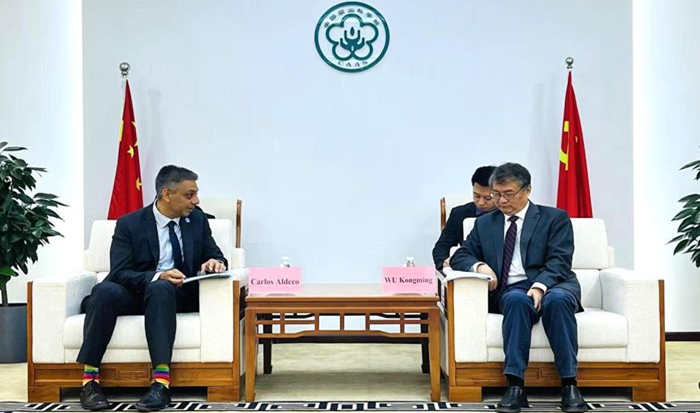 Jun 05, 2025CAAS President Meets New FAO Representative in China
Jun 05, 2025CAAS President Meets New FAO Representative in China -
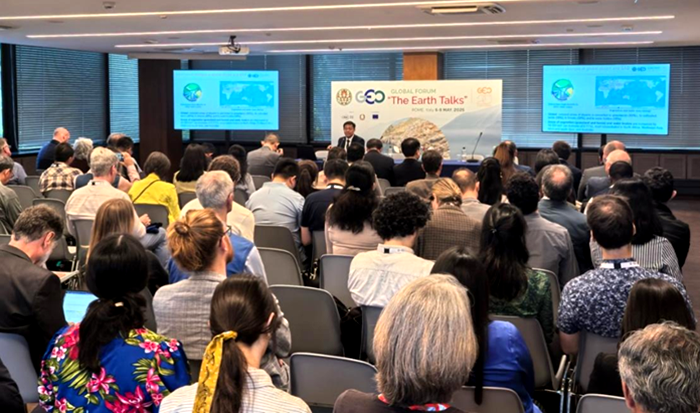 May 27, 2025Director General of IARRP attends 2025 Global Forum of Group on Earth Observations
May 27, 2025Director General of IARRP attends 2025 Global Forum of Group on Earth Observations -
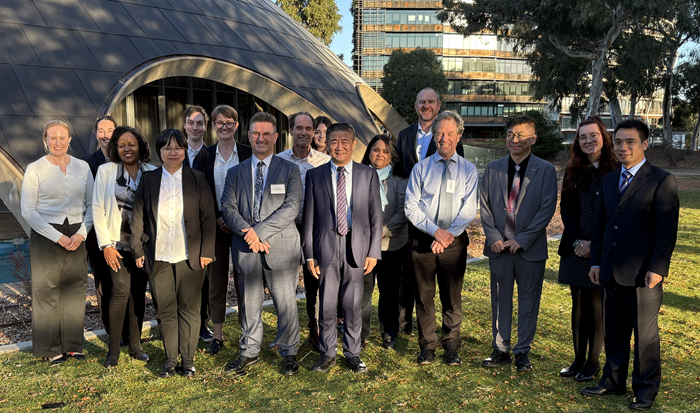 May 20, 2025IPPCAAS Experts Visit Australia to Promote In-Depth China–Australia Cooperation in Plant Biosafety
May 20, 2025IPPCAAS Experts Visit Australia to Promote In-Depth China–Australia Cooperation in Plant Biosafety -
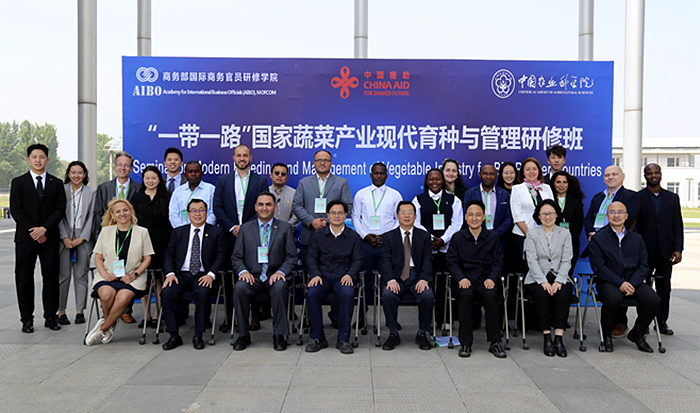 May 20, 2025Opening Ceremony of the Seminar on Modern Breeding and Management of the Vegetable Industry for BRI Partner Countries Successfully Held in Yanqing, Beijing
May 20, 2025Opening Ceremony of the Seminar on Modern Breeding and Management of the Vegetable Industry for BRI Partner Countries Successfully Held in Yanqing, Beijing -
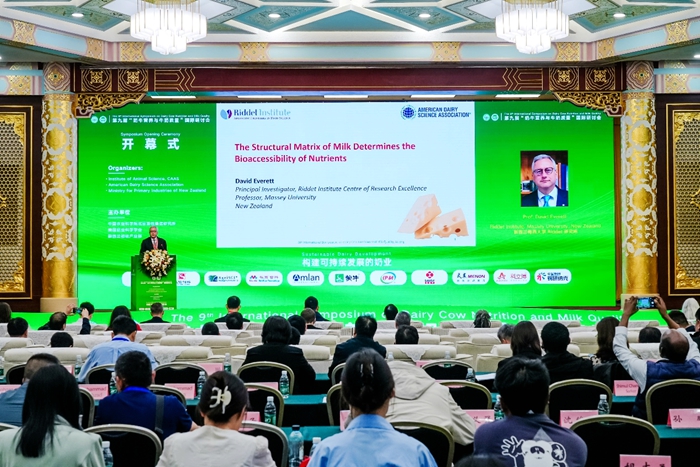 May 18, 2025Sustainable Dairy Development — The 9th International Symposium on Dairy Cow Nutrition and Milk Quality Convenes in Beijing
May 18, 2025Sustainable Dairy Development — The 9th International Symposium on Dairy Cow Nutrition and Milk Quality Convenes in Beijing
